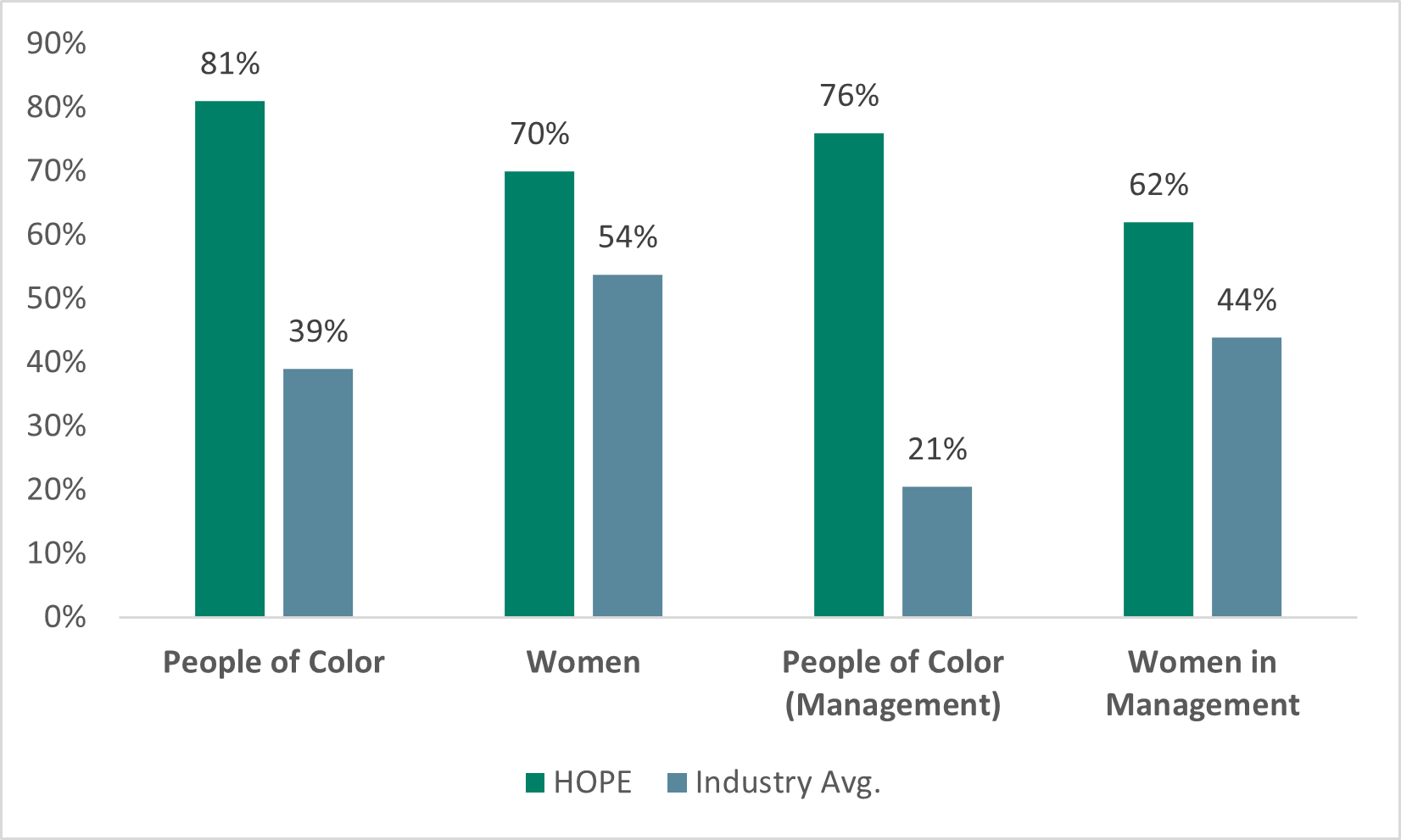A Personal Reflection of Women’s Banking Progress
March 29th, 2024
By Charity Hallman, Senior Vice President of Community & Economic Development
Being a woman in the finance industry holds profound significance for me. It’s a narrative of empowerment, showcasing the remarkable achievements possible when systemic barriers are dismantled. Just five decades ago, the prospect of opening a bank account or buying property without a man’s approval wasn’t possible and the career path for women in banking was limited. Growing up surrounded by independent, intelligent, and industrious women, I was surprised to discover that, for much of their lives, they had to rely on their husbands or fathers to access financial services.
The turning point came in 1974 with the passage of the Equal Credit Opportunity Act, a milestone that granted women the freedom to open bank accounts, apply for credit, and commit to a mortgage without requiring a male co-signer. In essence, women have only experienced true financial independence for the past 50 years, and contemplating the frustrations they endured during that time is both humbling and enlightening.
According to research done by McKinsey & Company as of 2020, women controlled a third of total U.S. household financial assets, amounting to over $10 trillion—a remarkable achievement.[1] Yet, envisioning the possibilities had women always possessed the right to start businesses or buy land without male permission underscores the untapped potential that historical constraints imposed.
Personally, I navigated my financial journey during a period of singlehood, proudly purchasing my first house and car independently. These accomplishments not only filled me with pride but also laid the groundwork for my confidence and financial stability. I’m grateful for the positive transformations within the industry and proud to be affiliated with a financial organization, like HOPE, that prioritizes supporting women.
HOPE is one of the nation’s largest Black and woman-owned financial institutions. HOPE has 279 team members, of whom 81% are people of color (compared to an industry average is 39%), and 70% are women (compared to an industry average of 54%). Among management, 76% are people of color – including 63% of our executive team—as compared to an industry average of 21%. The majority of HOPE’s management (62%) are women which is higher than the industry average (44%).[2] See Figure 1.
Figure 1: HOPE Workforce Diversity Comparison to Banking Industry
While acknowledging the significant progress made, it’s evident that there is more work to be done. The finance industry has come a long way, but there remains a collective responsibility to continue fostering inclusivity and dismantling any lingering barriers. In my current capacity as a senior vice president for Community and Economic Development, I’m privileged to be at the forefront of these efforts. I’m deeply grateful for the opportunity to collaborate with countless resilient and dedicated women, working together not only to fulfill their personal aspirations but also to uplift their communities. Together, through our concerted projects, we’re paving a path forward for the next generation, one deal at a time.
[1] Baghai, P., Howard, O., Prakash, L., & Zucker, J. (2020). “Women as the next wave of growth in US wealth management”. McKinsey & Company report., downloaded August, 1, 2020.
[2] Federal Deposit Insurance Corporation. (2021). “Analysis of Diversity Self-Assessments for 2020).https://www.fdic.gov/about/diversity/rerpt.html#:~:text=Financial%20institutions’%20workforce%20demographics%20showed,33%20percent%20to%2046%20percent; National Credit Union Administration. (2024). “Fiscal Year 2023 Office of Minority and Women Inclusion Annual Report to Congress”. https://ncua.gov/files/publications/2023-omwi-congressional-report.pdf







